Studio portrait photography is about creating professional, polished images that reflect personality and style. Successfully managing lighting, background, and composition allows for great results for business leaders, personal branding, or anyone wanting a higher-caliber portrait. Whether you’re looking for a corporate headshot or aiming to elevate your image, I’ll walk you through the key elements of studio portrait photography.
Why Studio Portrait Photography Matters?
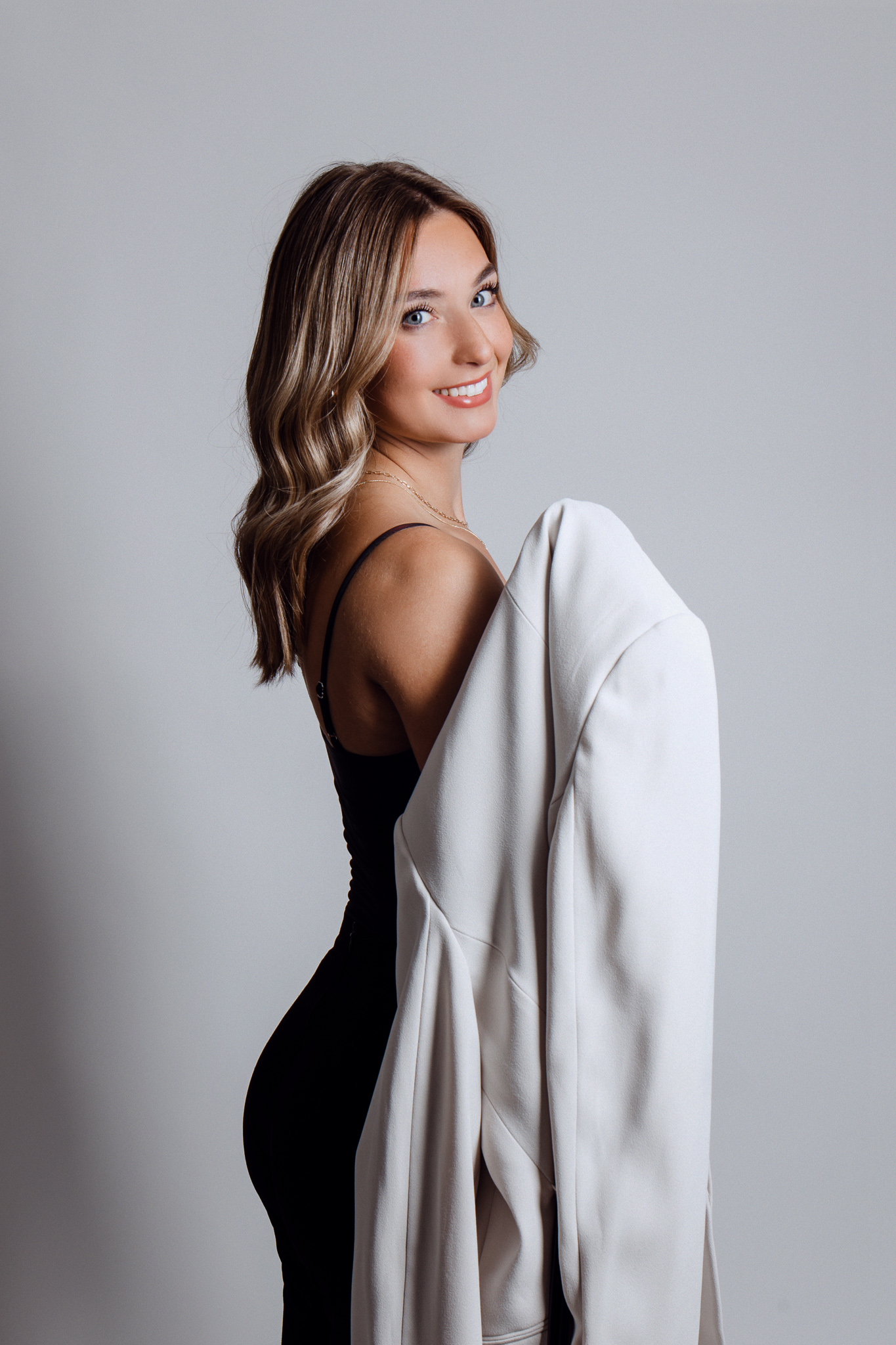
One of the most popular applications for studio portraits is executive portraits, which are often the first visual representation of a leader’s professionalism, confidence, and approachability. This is important because they convey credibility with clients, potential partners, and employees. Professional executive portraits matter because first impressions count and can be used on various platforms, such as annual reports, websites, and LinkedIn profiles. A well-planned photo session with multiple setups can maximize versatility, creating a cohesive and consistent brand.
Lighting In Studio Portrait Photography
During a studio portrait session, the controlled environment allows you to experiment with different lighting setups, ensuring the final image captures you at your best. Mastering lighting is essential because it is the key element in conveying the mood you have in mind, whether you’re aiming for a flattering look or dramatic shadows.
Light modifiers can help you achieve these desired effects, giving you control over the lighting and allowing you to tailor it to the specific look you’re going for.
Composition, Focus, and Camera Settings
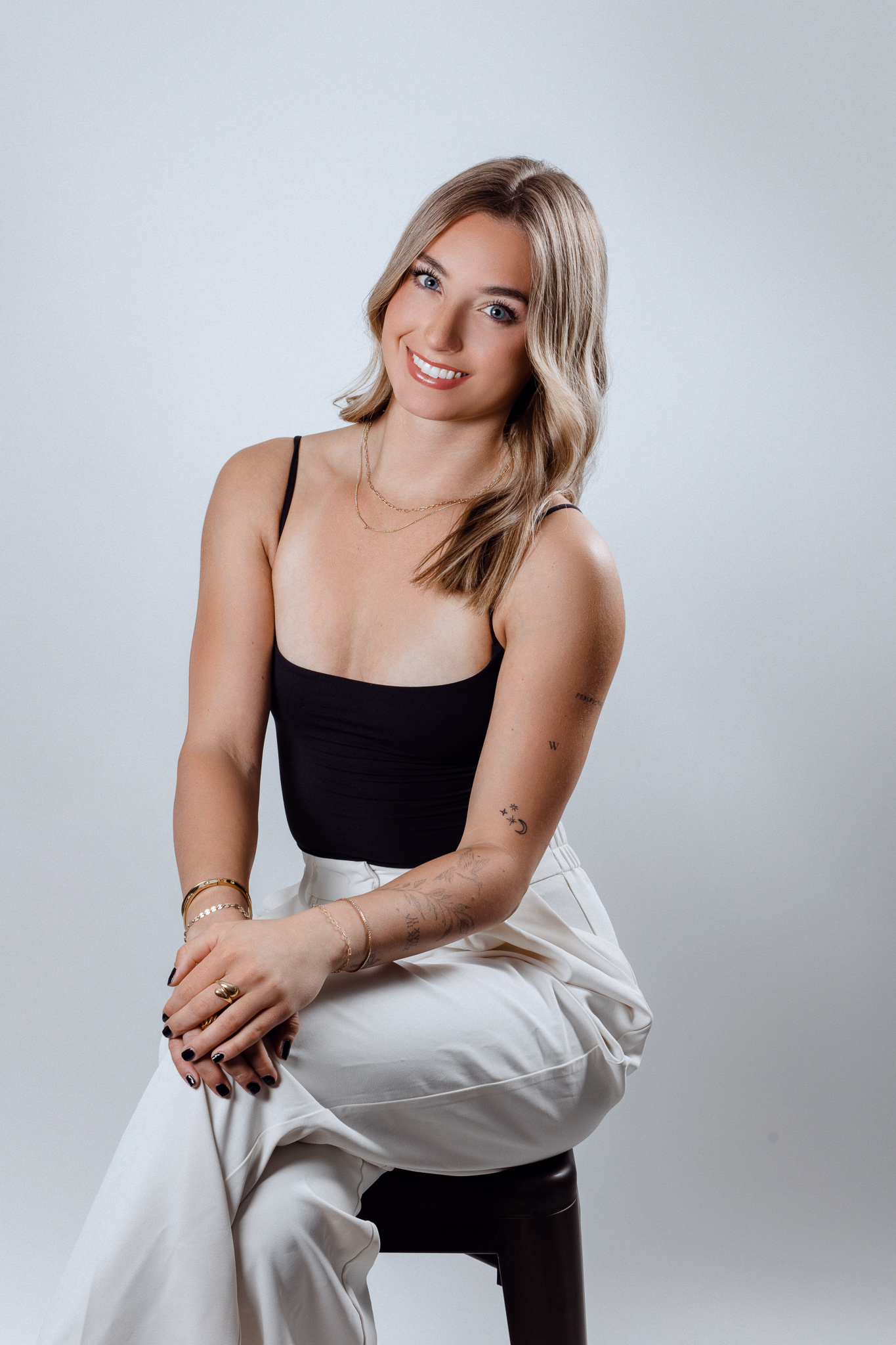
In portraiture, the eyes are the most expressive feature. So, if you’re a photographer, always focus on the eyes. Using single-point focus will ensure the eyes are perfectly sharp, conveying emotion, which is critical in portraiture.
Keeping the background natural and simple prevents distractions. A clean backdrop directs attention to the subject, allowing their personality to shine through. Props can add an extra touch to a portrait, but they should complement, not overpower, the subject.
My recommended camera settings for studio conditions are to shoot in manual mode and keep your ISO low (100-200) to avoid noise and deliver crisp, sharp images. Consider using a wide aperture if you want to isolate your subject from a busy background, or a narrow aperture to allow more focus across the frame.
Creating Natural Expressions

Another important aspect of studio portrait photography is ensuring your subject feels comfortable and relaxed. When the subject is at ease, the portrait will appear more genuine and authentic. I’m a pretty easygoing person, so I always create a friendly and welcoming atmosphere, ensuring that my clients feel at ease and confident in front of the camera. Posing should reflect the individual’s personality while showcasing their cordiality and trustworthiness.
Let’s Work Together on Your Next Project
As a professional photographer based in Scottsdale, I specialize in different types of photography. Whether it’s executive headshots or more edgy concepts, I have the skills and expertise to create high-end photography that elevates your visual appeal.
Additionally, I have been working on e-commerce sites, from product photography to website building. Get in touch to see how my photography can support your business and personal branding needs.




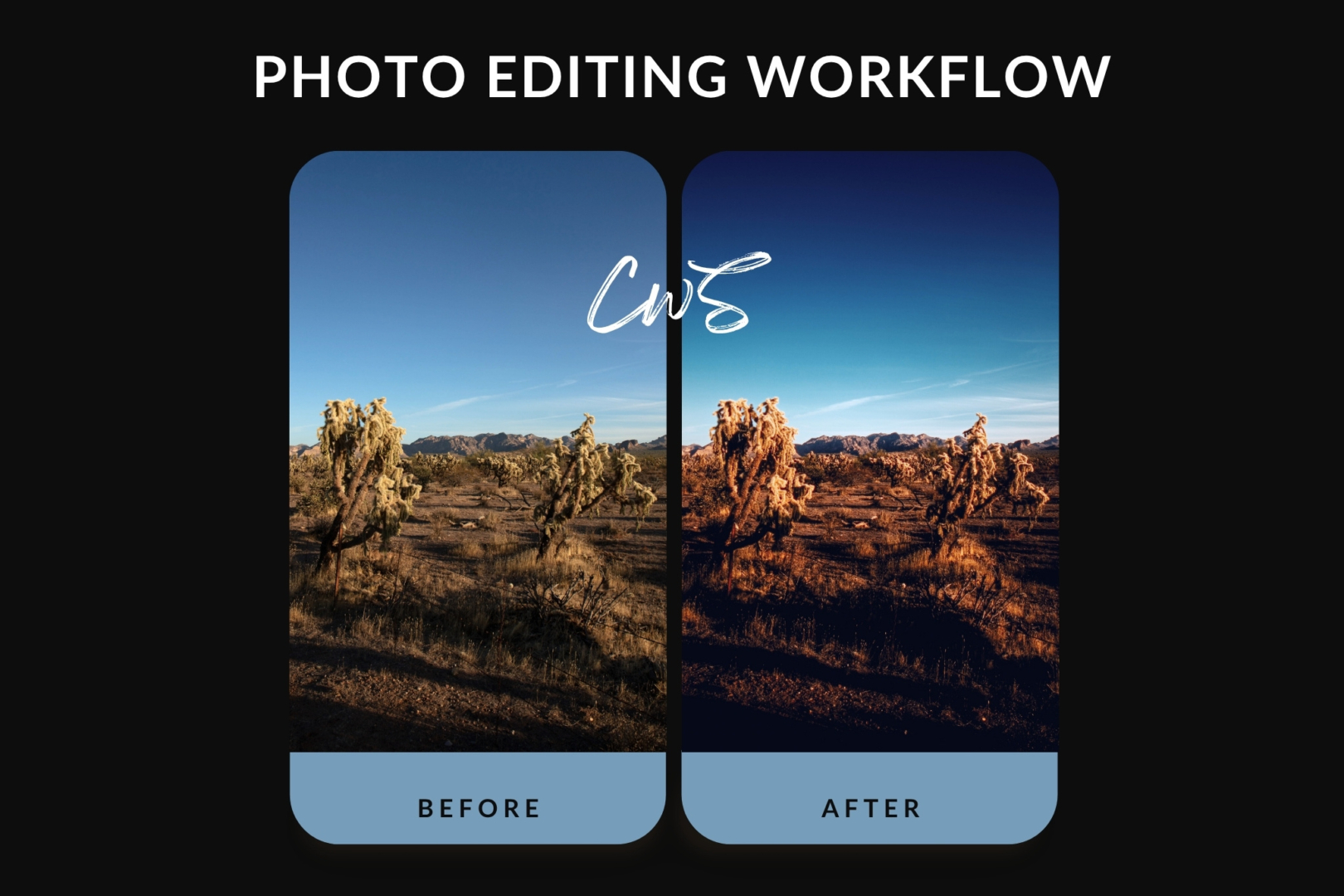
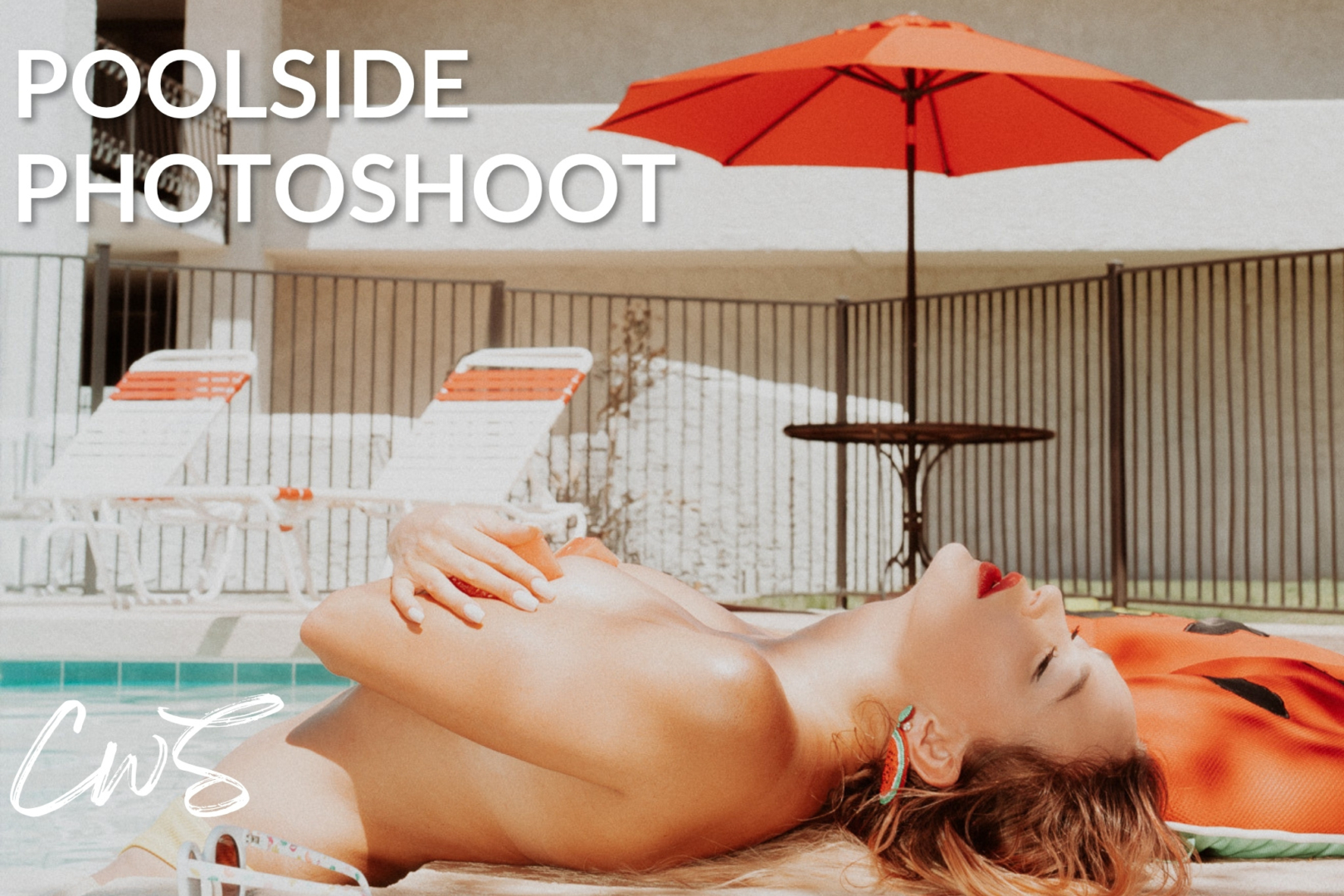


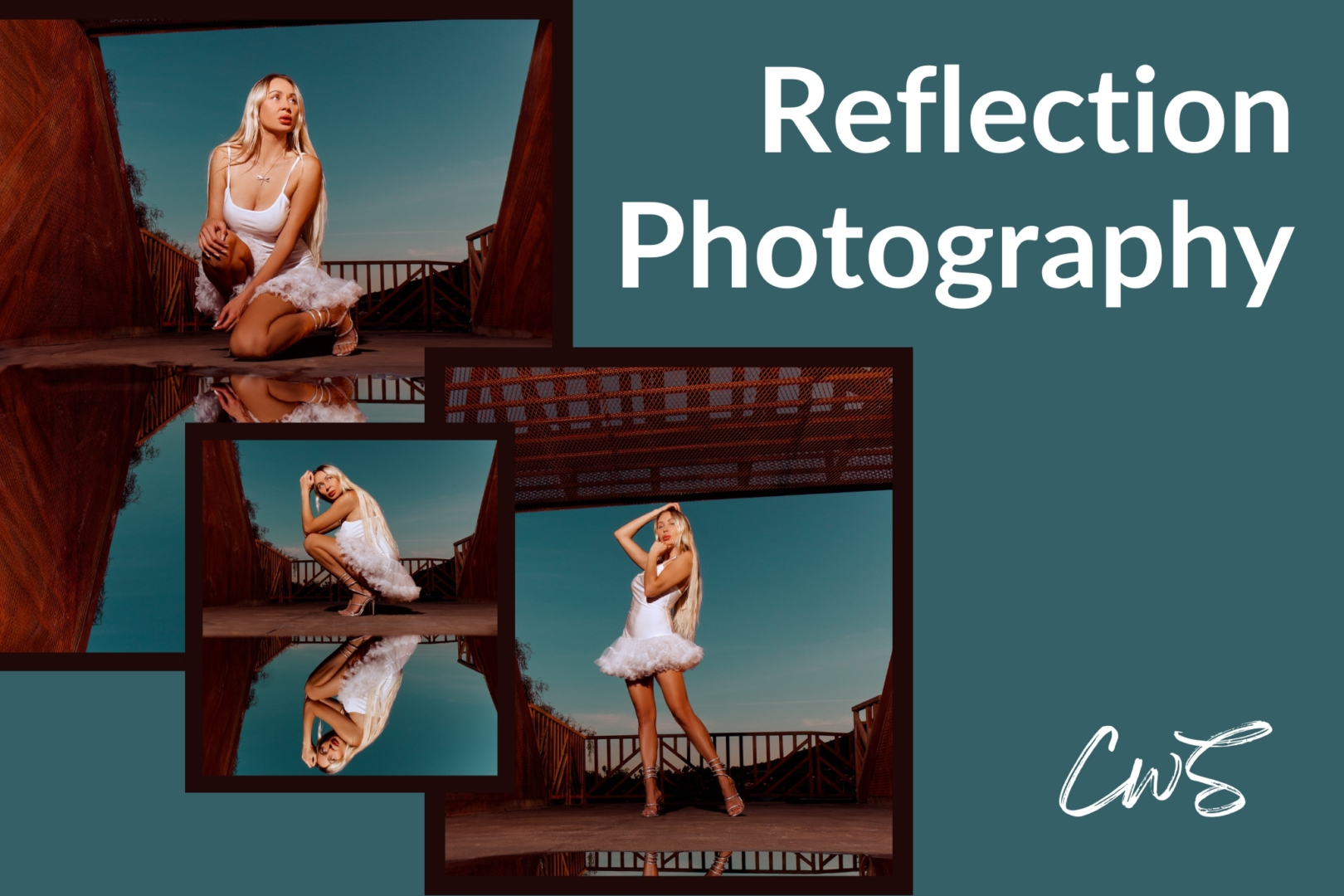



Leave a Reply